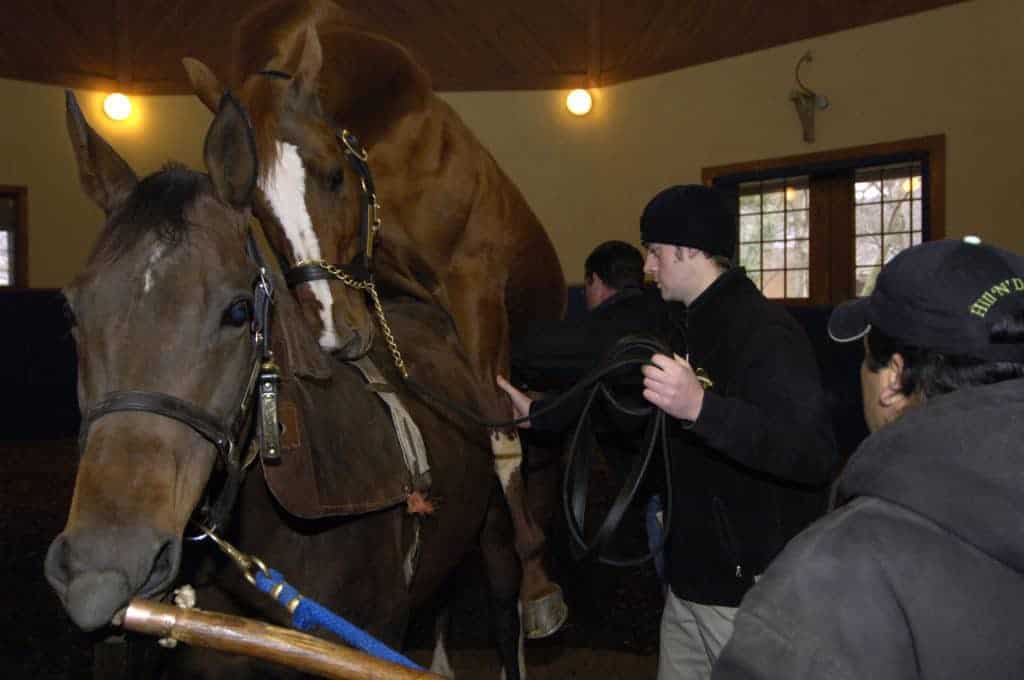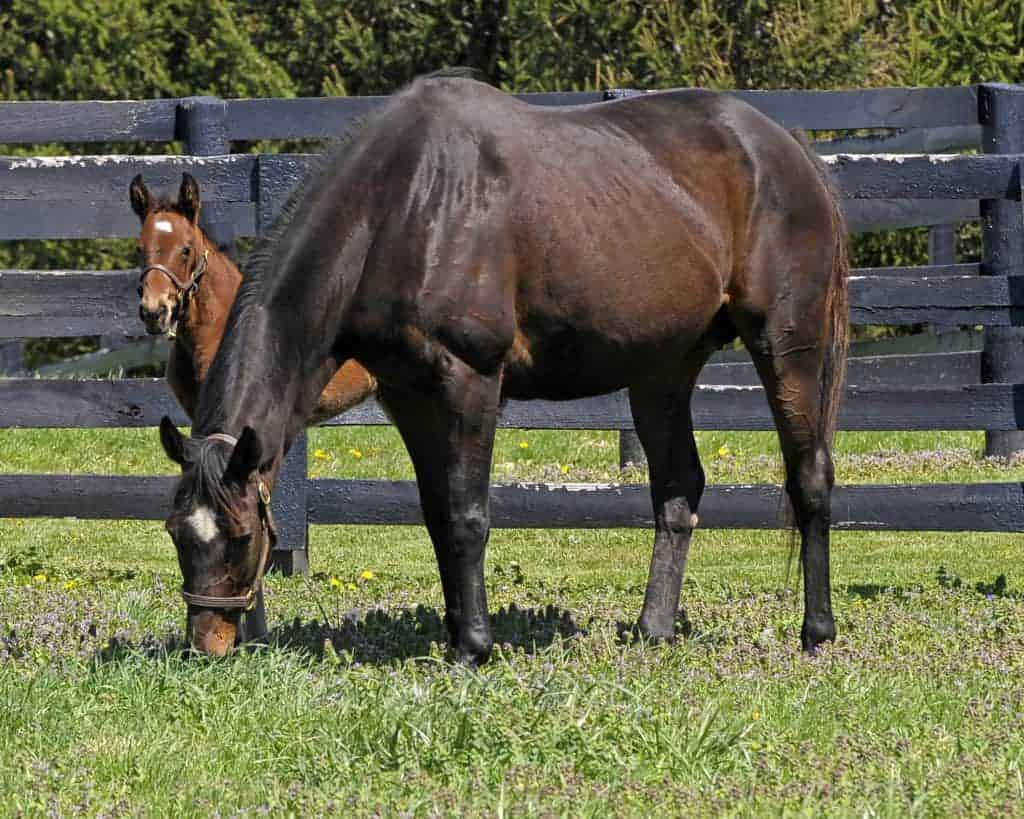2013 Update on Nocardioform Placentitis in Kentucky Mares
Subsequent to the nocardioform placentitis surge in 2011, research in this field has progressed.
Subsequent to the nocardioform placentitis surge in 2011, research in this field has progressed.

Researchers recently investigated two ways to help advance the breeding season in mares.

One veterinarian says many cases of early embryonic death (EED) are probably not preventable.

Stem cells and other biologic therapies could have reproductive applications in horses, one researcher says.

Potentially life-threatening postpartum complications in the mare can arise for up to two weeks after foaling.

One researcher describes how practitioners can monitor pregnant mares to minimize reproductive losses.

Researchers evaluated the impact of postpartum breeding date on pregnancy, pregnancy loss, and foaling rates.
The Grayson-Jockey Club Research Foundation approved funding of 12 new projects in 2013.

Dr. Pat McCue gives a rundown on a number of 2012’s practical equine reproductive studies.

Prompt diagnosis and treatment of fungal uterine infections are necessary for a positive outcome.

Proper and timely intervention can mean the difference between a live foal and a lost one.
A 17-year-old Lusitano mare from California has been confirmed positive for contagious equine metritis.
Keep a close watch on mares at risk for not carrying a foal to term.

Attendees discussed anovulatory follicles, ovulation induction agents, oviductal dysfunction, and more.

Consider the following “wishes” equine experts made to help maximize your horses’ quality of life.

It is important to consider everything involved in breeding before bringing another horse into the world.
Stay on top of the most recent Horse Health news with
"*" indicates required fields